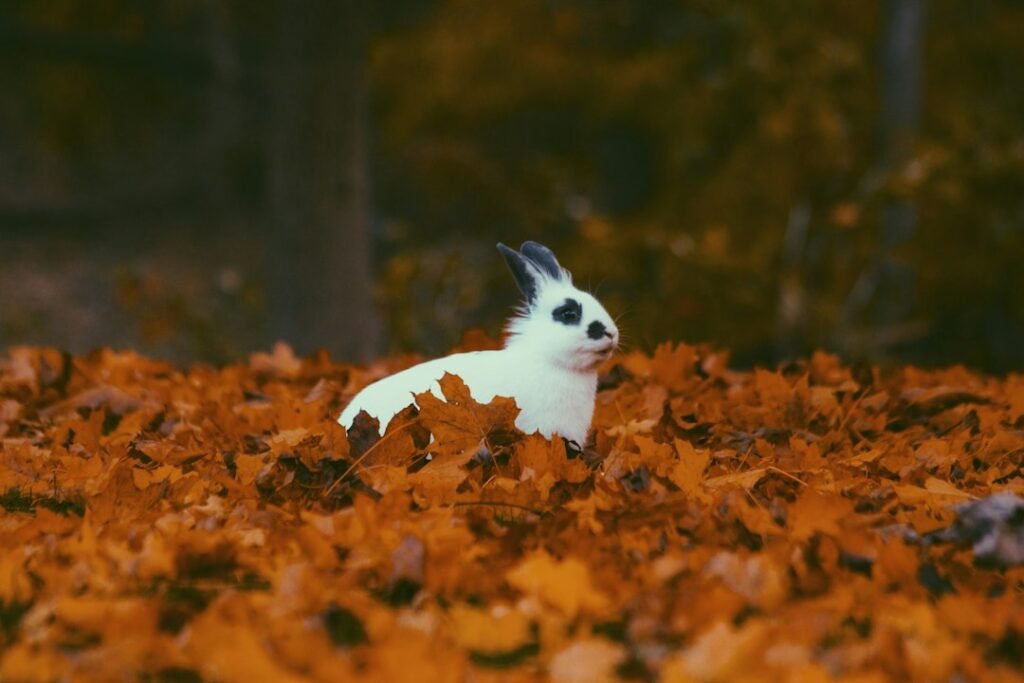Giant rabbits are a fascinating species known for their unique physical characteristics. These rabbits are much larger than their smaller counterparts, with some reaching impressive sizes. However, there is one giant rabbit that stands out from the rest due to its unusually large ears. This particular rabbit has captured the attention of many due to its striking appearance and has become a symbol of the species as a whole.
Key Takeaways
- Giant rabbits have enormous ears and are a unique species of rabbit.
- The largest giant rabbit ever recorded weighed over 50 pounds.
- Giant rabbits have a distinctive physical appearance, including long ears and a large body size.
- These rabbits primarily live in grassy habitats and consume a diet of hay, vegetables, and fruits.
- Giant rabbits have a long history of domestication and are bred for their meat and fur.
The World Record Holders: Largest Giant Rabbits Ever Recorded
When it comes to giant rabbits, size matters. There have been several world record holders for the largest giant rabbits ever recorded, and their sizes are truly impressive. One such rabbit, named Darius, held the record for the largest rabbit in the world for many years. Darius weighed a whopping 49 pounds and measured over four feet long. Another giant rabbit, named Ralph, also made headlines with his size, weighing in at 55 pounds.
These record-breaking rabbits showcase the incredible diversity in size among giant rabbits. While some may be smaller than others, they all share the common characteristic of being much larger than regular rabbits. This diversity adds to the intrigue and wonder surrounding these magnificent creatures.
The Physical Characteristics of the Giant Rabbit
Giant rabbits possess several physical characteristics that set them apart from their smaller counterparts. Firstly, their size is significantly larger, with some reaching lengths of over four feet and weighing up to 55 pounds. Their fur is also thicker and denser than regular rabbits, providing insulation in colder climates.
One of the most distinctive features of giant rabbits is their long ears. These ears can measure up to 10 inches in length and serve multiple purposes. They help regulate body temperature by dissipating heat and provide excellent hearing capabilities, allowing them to detect predators from a distance.
Additionally, giant rabbits have powerful hind legs that enable them to jump great distances and heights. This agility is essential for their survival in the wild, as it allows them to escape from predators and navigate their natural habitats with ease.
The Habitat and Diet of the Giant Rabbit
| The Habitat and Diet of the Giant Rabbit | |
|---|---|
| Habitat | The Giant Rabbit inhabits grasslands, forests, and wetlands in North America. |
| Diet | The Giant Rabbit is a herbivore and feeds on grasses, leaves, bark, and twigs. |
| Size | The Giant Rabbit can grow up to 2 feet in length and weigh up to 20 pounds. |
| Lifespan | The Giant Rabbit can live up to 8 years in the wild and up to 12 years in captivity. |
| Behavior | The Giant Rabbit is a social animal and lives in groups called warrens. |
Giant rabbits are native to various regions around the world, including Europe, North America, and Asia. They inhabit a range of habitats, from forests and grasslands to mountains and deserts. These rabbits are adaptable and can thrive in different environments as long as they have access to food, water, and suitable shelter.
In terms of diet, giant rabbits are herbivores and primarily feed on grasses, leaves, bark, and other plant materials. They have a specialized digestive system that allows them to extract nutrients from these fibrous foods efficiently. However, they also require a constant supply of fresh water to stay hydrated.
Despite their adaptability, giant rabbits face several challenges in their natural habitats. Loss of habitat due to deforestation and urbanization is a significant threat to their survival. Additionally, competition for resources with other animals and predation by larger predators pose additional risks.
The History of Giant Rabbits and their Domestication
The history of giant rabbits dates back thousands of years. These rabbits were initially found in the wild and were later domesticated by humans for various purposes. The exact origins of giant rabbits are unclear, but they are believed to have descended from smaller rabbit species through selective breeding.
Humans played a significant role in the breeding and development of giant rabbits. Over time, they selectively bred rabbits with desirable traits such as size, fur quality, and temperament. This selective breeding led to the development of specific breeds of giant rabbits that are now recognized worldwide.
The Breeding and Genetics of Giant Rabbits

Breeding giant rabbits requires careful consideration of genetics and specific breeding techniques. Breeders aim to produce offspring with desirable traits while minimizing the risk of genetic disorders or health issues. This involves selecting rabbits with the desired characteristics and ensuring they have compatible genetics.
The breeding process can be challenging, as giant rabbits have a longer gestation period compared to smaller rabbit breeds. Additionally, there is a risk of complications during birth due to the size of the offspring. Breeders must closely monitor the health and well-being of both the mother and the babies to ensure a successful breeding process.
Despite these challenges, breeding giant rabbits can be a rewarding endeavor. It allows breeders to contribute to the preservation and development of these unique creatures while also providing opportunities for research and further understanding of their genetics.
The Role of Giant Rabbits in Agriculture and Meat Production
Giant rabbits have played a role in agriculture and meat production for centuries. Their large size makes them an attractive option for farmers looking to raise animals for meat. The meat of giant rabbits is lean, tender, and has a mild flavor, making it popular in certain cuisines.
However, there are both benefits and drawbacks to using giant rabbits for meat production. On one hand, they have a high feed conversion rate, meaning they can convert feed into meat efficiently. This makes them a cost-effective option for farmers. Additionally, their size allows for larger cuts of meat, which can be advantageous in commercial settings.
On the other hand, raising giant rabbits for meat requires significant space and resources. They need ample room to move around and exercise to maintain their health and well-being. Additionally, their large size means they require more food and water compared to smaller rabbit breeds.
The Cultural Significance of Giant Rabbits in Folklore and Mythology
Giant rabbits have long held cultural significance in various folklore and mythologies around the world. In some cultures, they are seen as symbols of fertility and abundance. They are often associated with springtime and new beginnings due to their ability to reproduce rapidly.
In other cultures, giant rabbits are believed to possess magical or supernatural powers. They are seen as guardians of the natural world and are often depicted as wise and benevolent creatures. Stories and legends featuring giant rabbits have been passed down through generations, adding to their cultural significance.
The Conservation Efforts to Protect Giant Rabbit Populations
Conservation efforts are crucial for protecting giant rabbit populations and ensuring their survival in the wild. These efforts involve habitat preservation, captive breeding programs, and public education initiatives.
Preserving natural habitats is essential for maintaining healthy populations of giant rabbits. This includes protecting forests, grasslands, and other ecosystems where they reside. Conservation organizations work to raise awareness about the importance of these habitats and advocate for their protection.
Captive breeding programs also play a vital role in conservation efforts. These programs aim to breed and reintroduce giant rabbits into their natural habitats, thereby increasing their numbers and genetic diversity. Additionally, captive breeding programs provide opportunities for research and further understanding of these unique creatures.
Public education initiatives are crucial for raising awareness about the importance of protecting giant rabbits. By educating the public about their ecological role and the threats they face, conservation organizations can garner support for conservation efforts and encourage individuals to take action.
The Future of Giant Rabbits: Challenges and Opportunities
The future of giant rabbits is both challenging and full of opportunities. As human populations continue to grow, the demand for resources will increase, putting additional pressure on natural habitats. This poses a significant challenge for giant rabbits, as loss of habitat is one of the primary threats they face.
However, there are also opportunities for further research and development in the field of giant rabbit breeding and conservation. Advances in genetics and breeding techniques can help improve the health and well-being of captive populations. Additionally, continued efforts to raise awareness about the importance of protecting giant rabbits can lead to increased support for conservation initiatives.
In conclusion, giant rabbits are fascinating creatures with unique physical characteristics. Their large size, long ears, and powerful hind legs set them apart from their smaller counterparts. Understanding and protecting these magnificent creatures is crucial for their survival and the preservation of their natural habitats. By supporting conservation efforts and raising awareness about the importance of giant rabbits, we can ensure a brighter future for these remarkable animals.


